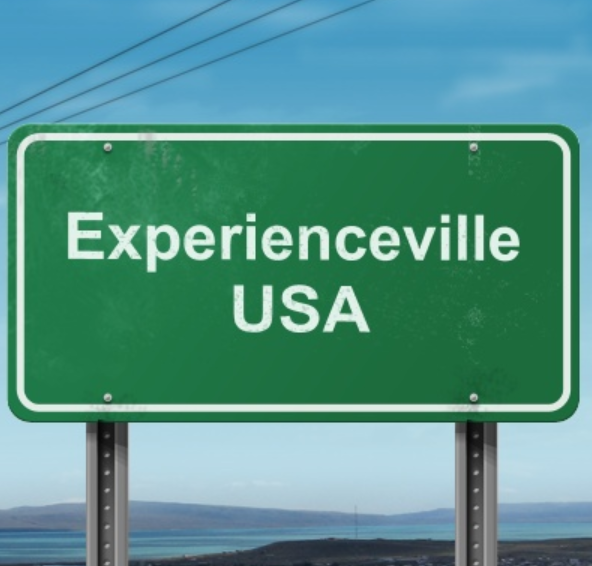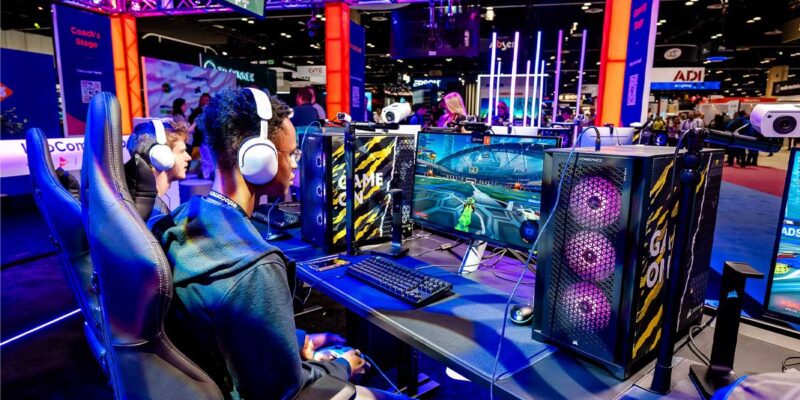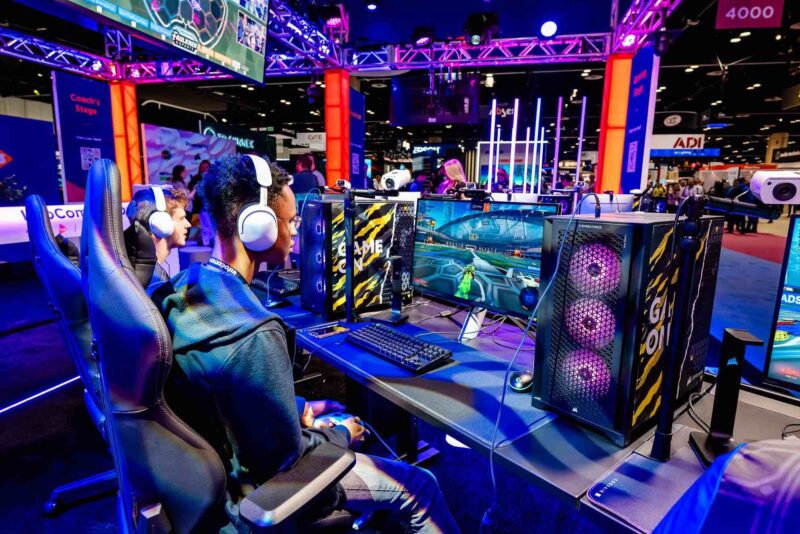Experienceville, USA
In case you haven’t been paying attention, there is a mass migration going on in AV. AV manufacturers and integrators have been leaving their traditional farms and silos. Heck, even our trade association has made the move.
Where are they all headed to? The fastest growing place in AV:
Experienceville, USA.

The move to experience has come on a few fronts.
Some manufacturers have started thinking of their product lines in terms of experiences. This makes a ton of sense, given that the end customers all think in these terms. As an example, a tech manager at a university is really concerned with the “learning experience” of the students. The professors’ interactions with technology and the way technology allows learning to be facilitated is really what is important. Categorizing products in terms of the “experiences” they affect seems to be a much more intuitive way for an end user to find the right products, as opposed to the traditional way of categorizing hardware only by their core functions like switching, routing, amplification, etc.
On another front, manufacturers have started expanding their lines to create more robust ecosystems. We see more and more manufacturers starting to head into previously uncharted territories over the last few years. Crestron is now making DSPs and speakers, QSC is making cameras, Biamp is making Video over IP devices and the list continues. The theory is that because one manufacturer has already designed and tested all the technology in the chain to work together, they have more control over the end result and the customer experience is enhanced.
Of course there is some disagreement as to whether this type of brand extension works and many times customers may feel a bit restricted in their choices in these scenarios so it is important to also recognize and honor the loyalty and familiarity they may have to other brands and solutions by continuing to support traditional multi-vendor scenarios as well.
Choice is also a large part of “experience.”
Integrators have also staked their claim in the expansion category to create larger geographic footprints and enhanced services. The cost of buying an AV system and the cost of owning one are two completely different dollar figures. Integrators have been increasing their footprints to offer more robust services across regions and even countries, creating an opportunity to greatly simplify and improve their clients’ service experiences as well.
Cross-Platform adoption of consumer-grade technologies has also been a stalwart of the move to experience. Manufacturers and integrators alike have started to design their hardware and systems to interact seamlessly with AirPlay, ChromeCast, MiraCast, Alexa, etc. in an effort to make interfacing with their systems more familiar to their end user clientele and therefore provide ease of use that ties greatly into the user experience.
Others are getting in on the move as well. It seems the move to Experienceville is a bit contagious. Not only are AV manufacturers and integrators pulling up stakes and hitting the road, but so are other companies that utilize AV products and services. Traditional hotel food service providers have purchased AV consulting firms and most recently, an owner of dozens of live event venues purchased an experiential AV content provider. All of these are indicative of how even other industries are bringing complimentary products and services together to offer better experiences to their customers.
As you can see, the move to experience is definitely happening. For many companies, it won’t be an easy one. Just like the Oregon Trail, we’ll have to see who makes it there in the end. The strategy used may make the difference as to who ends up at the heart of the city and who lives in a tent at the edge of town.
Welcome to Experienceville, USA. Population: Growing.





